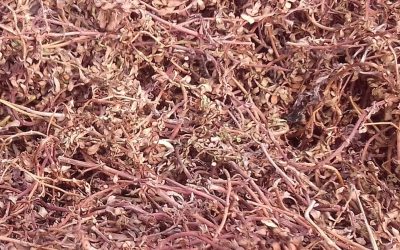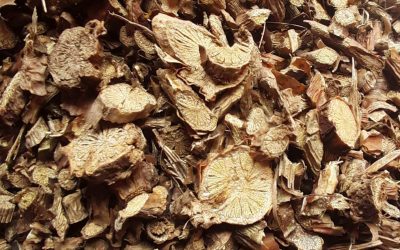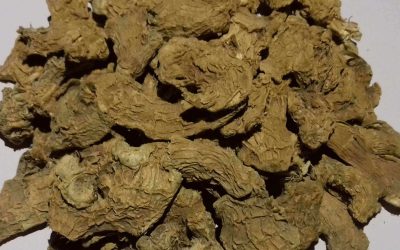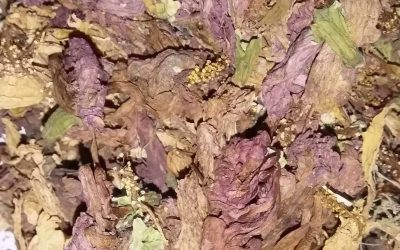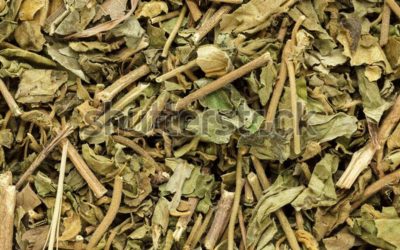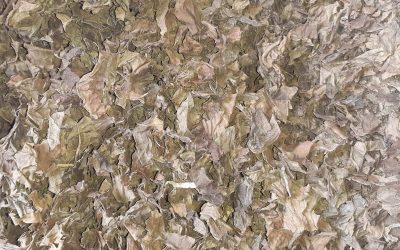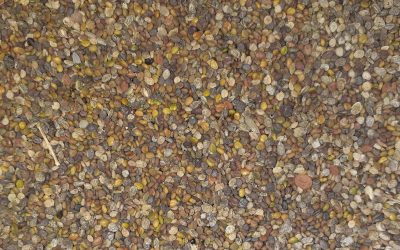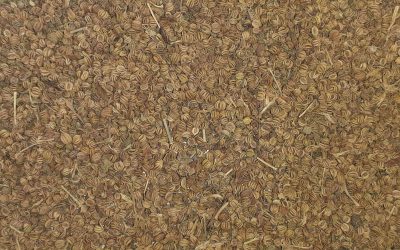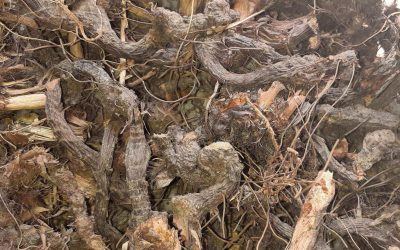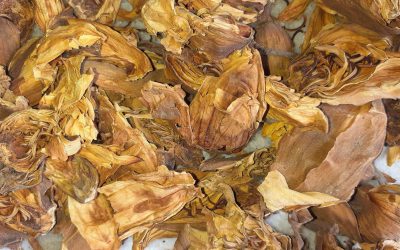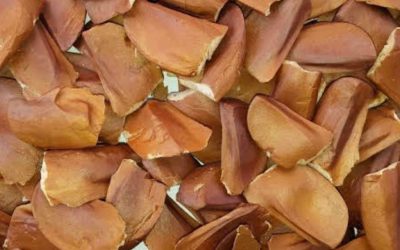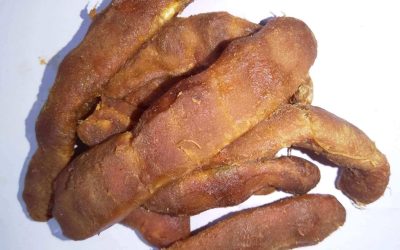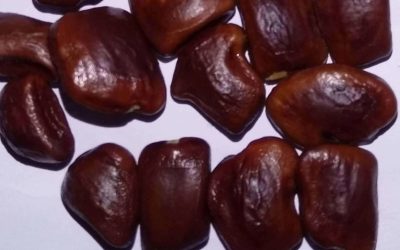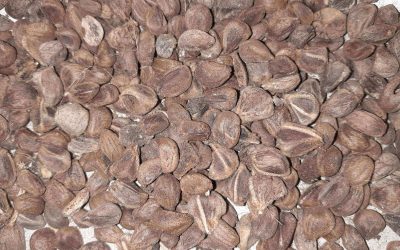Rasna, Vanda Tessellata, Dead Vanda Orchid
Scientific Name : Vanda Tessellata
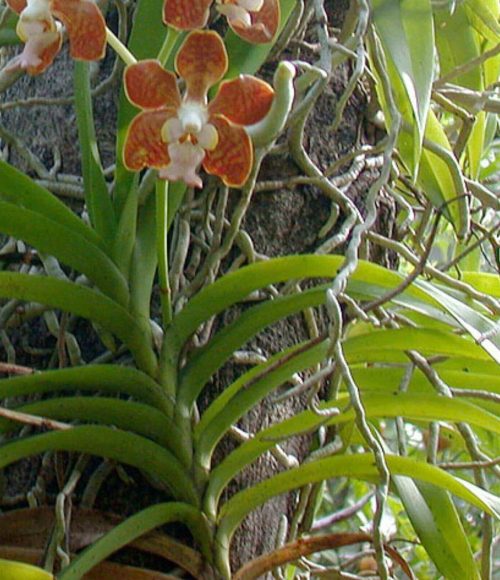
Description:
It is an epiphytic perennial, stem 30–60 cm long, stout, scandent by the stout, simple or branching aerial roots. Leaves succulent, 15–20 cm, long, linear, recurved, complicate. Flowers in 6-10 flowered racemes, reaching with the peduncle 15–25 cm long. Sepals yellow, tessellated with brown lines and with white margins. Petals yellow with brown lines and white margins, shorter than the sepals. Lip 16 mm long, bluish, dotted with purple. Capsules 7.5–9 cm long, narrowly clavate-oblong with acute ribs.
Use:
‘Ayurvedic shamans’ in India are said to have used the plant to induce ‘the hypnotic narcosis of their office’ leading to ‘a transcendent state of being’, having learnt originally of the intoxicating properties of this orchid by observing bees which had fed upon its nectar falling to the ground in a state of stupefaction.[5] Evidence for the practice is sparse, but, given the presence of alkaloids in V.tessellata and its well-documented employment in diseases of the nervous system,such use is intrinsically plausible. In similar vein, Tantric magicians are said to have ingested the fleshy roots of this species as an aid to divination, along with the tubers of another orchid, Dendrobium macraei (synonyms Ephemerantha macraei and Flickingeria macraei, but see page Flickingeria re. unaccepted genus name still used in the horticulture trade).

